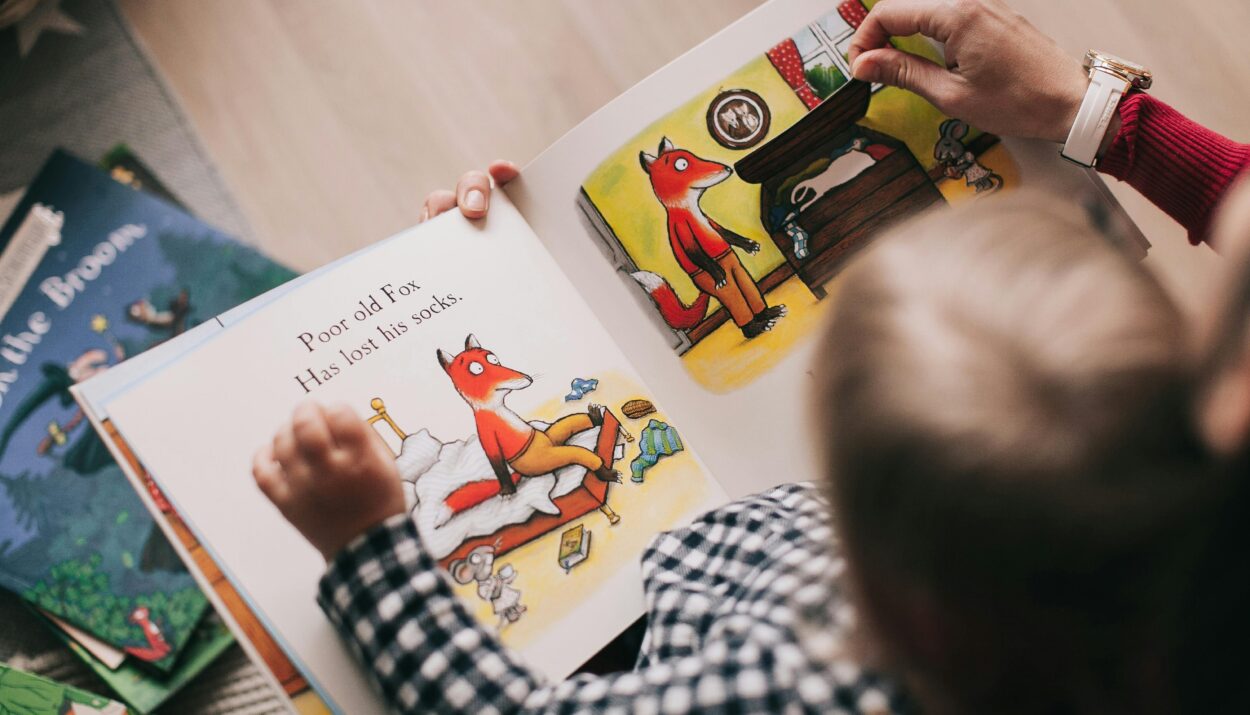Making children fall in love with studying is not as easy as buying school supplies or repeating, “Go study!” over and over again. I learned that the hard way. As a mother, I went through several frustrating days trying to make my child focus on books. He would avoid study time, cry, throw tantrums, or just sit with a blank stare.
But I didn’t give up. I tried a different approach—one filled with patience, understanding, and creativity. And slowly, I watched a transformation unfold. This is the real story of how I helped my child enjoy studying without stress, punishment, or fear.
Let me take you through the journey step by step.

The Turning Point: When I Realized It Wasn’t Working
It was just another regular evening. I had finished cooking and asked my son to do his homework. He looked at me and said, “I don’t want to. Studying is boring.” I tried convincing him, but within minutes, he was angry and frustrated. I lost my temper too. That night ended with tears and guilt.
After he fell asleep, I sat down and reflected. I kept thinking—why do I expect him to act like an adult? He’s just a child. What if he never learns to love studying? I realized that I was forcing him instead of guiding him. That moment changed my mindset.
Starting Small: How Play Became the Bridge to Learning
The next day, I tried something different. I didn’t use the word “study.” Instead, I said, “Let’s play a new game.” I scattered some colorful flashcards around the room and told him to find the ones with the letter A. He ran, searched, shouted with excitement, and found them all.
That was his English revision for the day. He didn’t even realize it.
The following day, we built blocks to understand numbers. “Can you give me three blocks, and then two more? Now count how many we have?” It was simple. It was fun. And most importantly, it was stress-free.
In those moments, I understood that children learn best when they’re having fun.
Study Environment: Not a Table, But a World of Curiosity
Earlier, I thought I needed to create the perfect study table. But I discovered that a child doesn’t need structure as much as comfort. I let him pick his study spot. Sometimes it was the floor, sometimes the bed, and sometimes the balcony.
I turned our home into a learning-friendly place. I put posters of alphabets, animals, and maps on the wall. We played educational songs in the background. I even placed magnetic letters on the fridge so he could play with them during snack time.
Instead of forcing study time, I invited learning into our everyday life.

Short Sessions, Consistency, and Celebrating Small Wins
I stopped expecting him to sit for an hour and finish homework. I started with 10-minute sessions using a timer. I would say, “Let’s see if we can finish this before the timer rings.” He would get excited and focused.
After every session, I gave him a break to do what he loved—drawing or having a snack. Slowly, we increased the study time to 15, then 20 minutes. We found a rhythm that suited him.
I also started celebrating small achievements. If he wrote neatly, I praised him. If he completed a worksheet, I stuck it on the wall. He began feeling proud of his effort, and that pride turned into motivation.
Using Stories to Teach Lessons
Children love stories. One night, instead of playing cartoons, I created a bedtime story about a clever squirrel who solved puzzles to find his way home. The puzzles were actually math problems. He loved it. The next night, he asked, “What did the squirrel do next?”
This became a habit. Every night, I told a story with a hidden lesson—science facts, moral values, or even vocabulary. He learned without realizing it. Stories created a magical connection between learning and bonding.

Involving My Child in Real Life Learning
I started involving my son in small activities around the house that also taught him life skills.
- While cooking, I taught him counting, measuring, and identifying vegetables.
- While shopping, I asked him to read labels, find prices, and do simple addition.
- During cleaning, I made him sort things by color and size.
This kind of learning didn’t look like study time, but it was highly effective. It taught him that knowledge is useful, not just something on a page.
Respecting His Mood and Emotions
Some days were tough. My son didn’t want to study no matter how fun I made it. Instead of pushing, I learned to step back. I would ask him if something was bothering him or if he needed rest. Children have emotions just like adults, and they can’t always be focused.
On those days, I let him be. We painted, took a walk, or read a book. The next day, he returned to study time with more energy and better focus. I realized that respecting his feelings helped build trust.
Limiting Screen Time the Gentle Way
Like many kids, my son loved watching cartoons. At one point, it felt like the screen was the biggest distraction from study. Instead of banning it completely, I created a routine. I said, “We’ll watch your favorite show after we do a quick study game.”
The promise of screen time became a reward. Over time, his interest shifted. Some days, he even skipped cartoons because he got busy drawing, reading, or solving puzzles.
It worked because it was balanced—not forced.

Making Study a Habit, Not a Burden
After a few months of this journey, something incredible happened. My child started asking, “What are we learning today?” Study time became part of our daily routine, just like brushing teeth or bedtime stories.
He didn’t fear it. He didn’t fight it. And I didn’t have to shout, plead, or bribe.
Study became a habit, not a punishment. And that made all the difference.
FAQ Section
Q1: How can I make my child enjoy studying without forcing them?
Start with games, activities, and short sessions. Use play, stories, and fun challenges to make learning feel natural. Never begin study time with pressure or punishment.
Q2: What should I do if my child hates books?
Try storybooks with pictures, audio books, or interactive learning tools like puzzles or flashcards. Read aloud together, and let your child choose the book. Build a routine where books are linked with bonding.
Q3: Is it okay if my child moves around during study?
Yes. Children learn in different ways. If your child is focused while lying down or moving, that’s fine. Let them be comfortable while learning, as long as they stay engaged.
Q4: How much time should young children spend studying each day?
For children under 6, 15 to 30 minutes of focused study is enough. Make sure it’s consistent. As they grow, you can gradually increase it based on their interest and attention span.
Q5: What if I don’t have enough time to sit with my child every day?
Even 15–20 minutes of dedicated, distraction-free time is enough. Make that time meaningful—ask questions, play a quick learning game, or read together. Quality matters more than quantity.

Final Thoughts: A Little Patience Goes a Long Way
Helping a child become interested in studying is not about expensive books, perfect desks, or strict routines. It’s about being present, understanding their needs, and turning learning into a joyful part of daily life.
As parents, we don’t have to be teachers. We just need to be patient guides who inspire curiosity and encourage effort. The real magic happens when study time becomes a moment of love, connection, and growth.
So if you’re struggling to make your child sit and study—take a breath. Step into their world, make it playful, and keep going. The results will come, one small win at a time.








